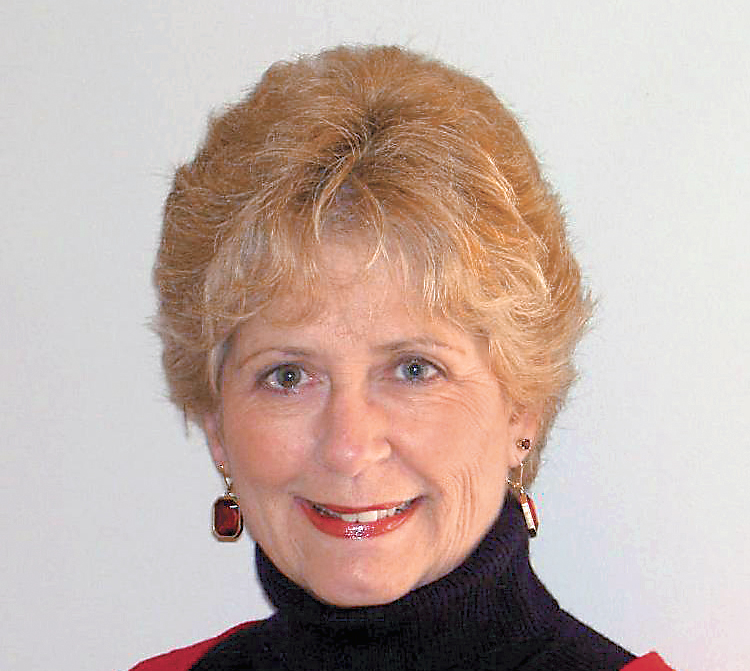Consumer Watch: Unhealthy spending by providers, insurers
Friday, January 1, 1904
Insurers with the most customers have the greatest leverage when it comes to negotiating charges; normally, they'll try to obtain prices 30 percent to 50 percent above the Medicare rates rather than discounts off the chargemaster rates. All too often, though, hospitals are consolidating, buying doctors' practices, labs, and even rival hospitals. This gives the leverage back to those hand-in-your-pocket providers armed with their chargemaster.
Perhaps at this time your family doctor hesitates to prescribe an MRI or a CAT scan. If his practice is purchased by a hospital that makes a lot of money on imaging procedures, then guess who'll definitely be sliding into that claustrophobic tunnel? According to a McKinsey
study of the medical marketplace, a typical piece of this equipment pays for itself in one year if it performs 10 to 15 screens daily. Anything over this is pure profit for the hospital and extra fees for the physician. Too bad for us that our dear Congress also regulates Medicare's reimbursement formulas, as well as its restrictions to limit the use of CTs and MRIs when they might not be necessary.
One statistic I also found scary is the American Hospital Association running daily ads on a popular Washington tip sheet, in which the Association urges members of Congress not to cut hospital payments because it would hurt the "$39.3 billion" that the latter uses to care for the poor. What the Association doesn't say (and obviously Congress doesn't give a rat's patootie) is this exorbitant amount is calculated strictly on chargemaster prices. And most of our working poor citizens fall within this category: those who can't afford private insurance but earn barely a tad over what triggers government assistance and, thus, lose out altogether
Okay, then it's bound to be lots cheaper to be a hospital outpatient, right? It isn't necessarily so, according to Time magazine's Steven Brill. Hospitals make huge profits on outpatients these days. That same McKinsey report tells us that about two-thirds of the $750 billion annual health care overspending comes in outpatient services, including work done by doctors, labs, clinics, same-day surgeries, and other hospital treatments. One example given in one hospital for a same-day procedure was a "BLNKT Warm Upper Bdy 42268" for $32. (My husband just used one of these in a recent day surgery to keep warm.) This same reusable blanket can be purchased new for $13 on eBay. While $32 doesn't sound like much in the grand scheme of expenses, this blanket should have come with the $6,289 facility fee paid to the hospital. Plus, whatta ya want to bet the blanket was reused and recharged on several more outpatients? Pure profit, indeed.
So what about prescribed medications? Americans will spend more than $280 billion this year on prescription drugs. We would save about $94 billion per year if we paid what other countries did for the same drugs. In fact, as Brill tells, us negotiating drug prices this way would not only save tens of billions of dollars, it would also continue to provide healthy profit margins to pharmaceutical companies enough to continue to research and develop new drugs. But once again, Congress reared its ugly head and denied Medicare from even trying to negotiate drug prices. Moreover, in 2003 when Congress passed Medicare's Part D that gave seniors prescription drug coverage, it again slapped Medicare's face in denying negotiation.
In next week's column, Brill offers and I urge some specific recommendations to effect positive and far reaching change.
Email Ellen Phillips at consumer watch@timesfree press.com.

